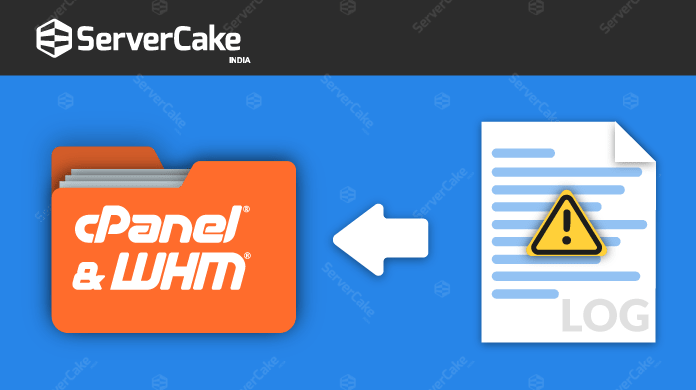

Scrolling down the page will allow you to see a list of log files.Click Save Settings to make your changes.You can also disable access logs by choosing "Do not keep raw log files." To enable access logs, select a time interval from the drop-down menu for how long you'd like your server to hold onto access logs.This will allow your server to begin logging errors. To enable error logs, select the Enabled button.Click on the blue Admin button associated to your Grid server.Be sure to replace 00000 with your Grid site number. You can also view them from within your Grid Control Panel. The system path for this is /home/00000/logs/, which can be accessed through the File Manager, FTP, or SSH. Your log files are accessible from the 'logs' directory of your Grid hosting service. That's it! If you have any questions or would like additional assistance, please feel free to contact our award winning 24/7 support team. This should have created an error in your php-errors.log file.
Cpanel error log code#
Simply create a new file called error.php in your html directory and place the following code in it.

An easy way to do this is to create a new php file that forces an error. You may also want to purposefully trigger an error in order to verify that logging is working properly. However, it is highly recommended that this file not be placed in a web accessible folder such as html.
Cpanel error log how to#
This article shows you how to enable error logging for your Managed WordPress sites via a.


 0 kommentar(er)
0 kommentar(er)
